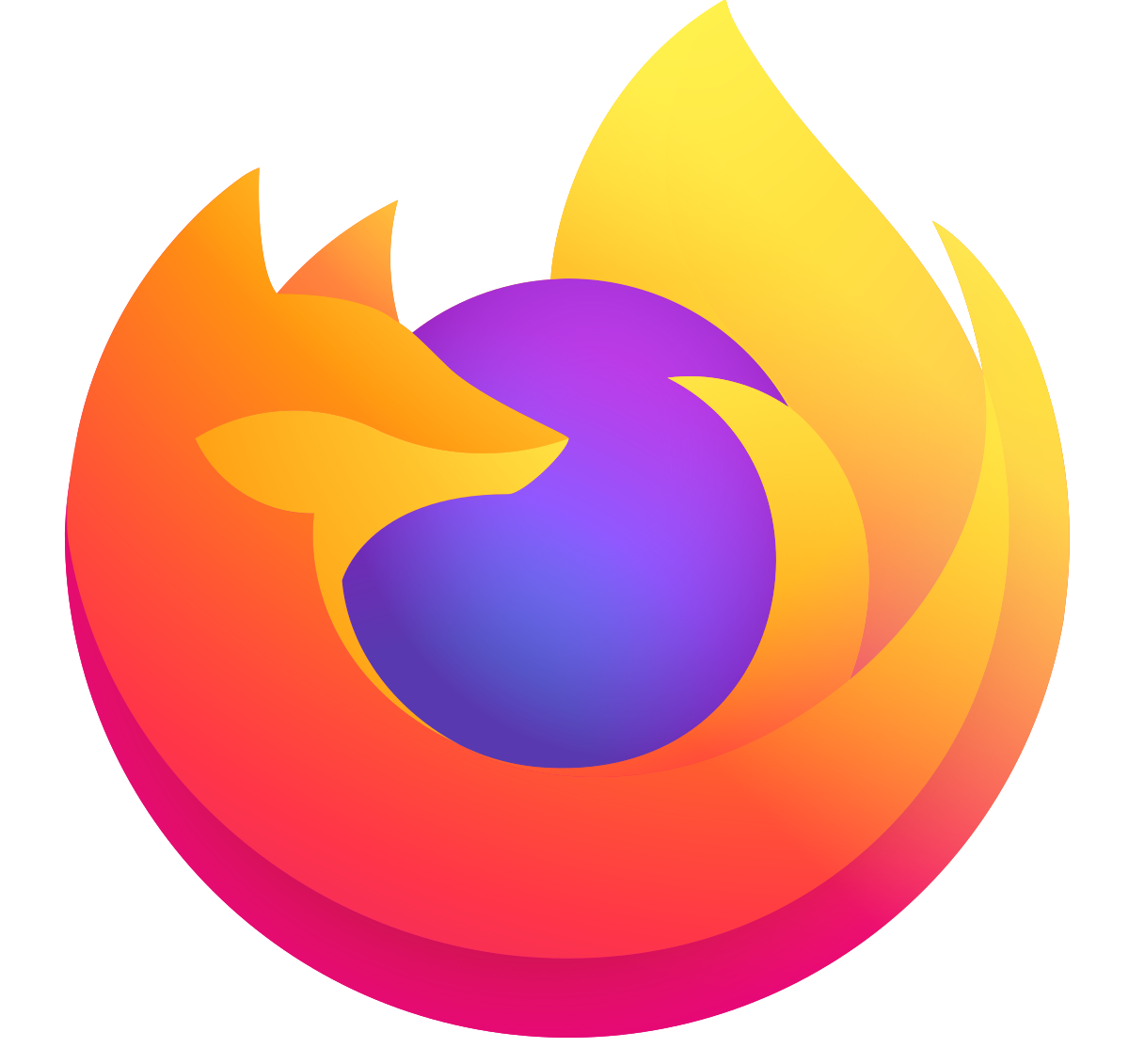

That is one beefy fan for a rpi.
I’ve just got a case similar to this; but all snap together, no screws:

The fan runs off the pin headers. Meant for 5v, but I use the 3.3v line to run it a little quieter/slower.
Even that makes a good 10°c difference.





Copy of my comment in c/apple:
Honestly I think this is the right move.
Pull the feature and tell the public that the government won’t permit the public to secure their own data.
“I have security and privacy features for you, but your government won’t let you use them”
Set the public against this overreach.